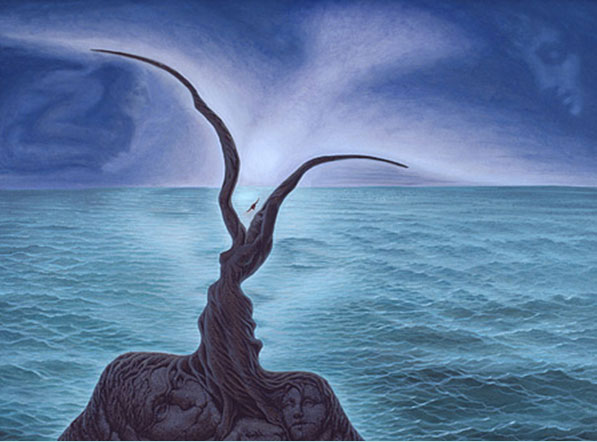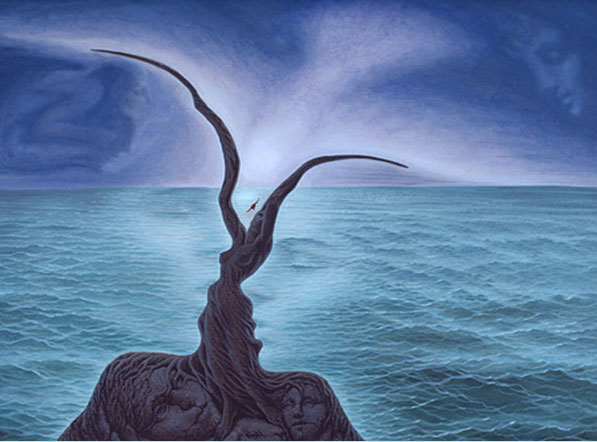Norges Bank: As widely expected, Norway hiked rate for the first time since 2011. Paradoxically, it was seen as a dovish hike. The rate path was lower than many expected. The next hike is seen in Q1 2019. The krone was sold, and it is the only major currency that is not gaining against the US dollar today.With the dollar near NOK8.21, the krone is off a little more than 0.7%.
New Zealand GDP: Stronger than expected Q2 growth (1.0% vs. 0.5% in Q1) gave the New Zealand dollar a lift. It is the strongest of the major currencies today with around a 0.7% gain (~$0.6660). However, it is important to recognize that Kiwi has been rallying and if today’s gains are sustained, it will be the seventh consecutive advance. From April through last week, the Kiwi had depreciated by 12.25% against the US dollar. A move above $0.6730 would give greater confidence that a low of some importance could be in place.

Swiss National Bank: There was little doubt about the outlook for the SNB. It left rates steady. It did not change the assessment of the franc, despite its recent appreciation against the euro. It was still referred to as “highly valued”, rather than “overvalued”. On the one hand, Switzerland is one of the fastest growing high-income economies with a 0.7% growth in Q2 with a 3.4% year-over-year rate. However, the currency is the strongest among the majors this year, rising a little less than 1% against the US dollar and almost 3.5% against the euro. The OECD’s PPP model puts the franc as the most overvalued major currency at a little more than 20% overvalued. At its peak in 2011, the franc was about 45% rich to PPP.
Brexit: The string of constructive developments between the UK and EU over Brexit came to a screeching halt yesterday as the Irish border remains a critical stumbling block. Ireland’s Prime Minister Varadkar complained that there has been no progress for six months. UK Prime Minister May reportedly rejected the EU demands for a backup plan, just in case the EU and UK do not reach an agreement that allows not customs or regulatory check. The EU’s backup is to put the hard border, that is customs, between the mainland and the Northern Ireland to preserve a seamless border between it and the Republic of Ireland. May, who depends on the Democratic Unionist Party to support her minority government cannot accept the division of the UK into two customs territories. The UK does not have much of an alternative and says that no backstop is necessary.












Leave A Comment